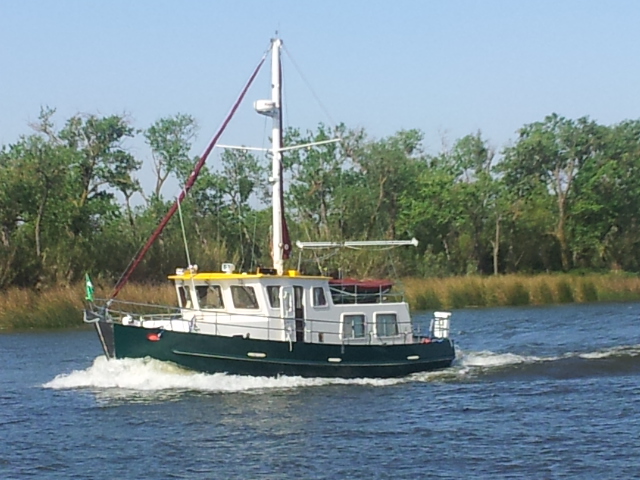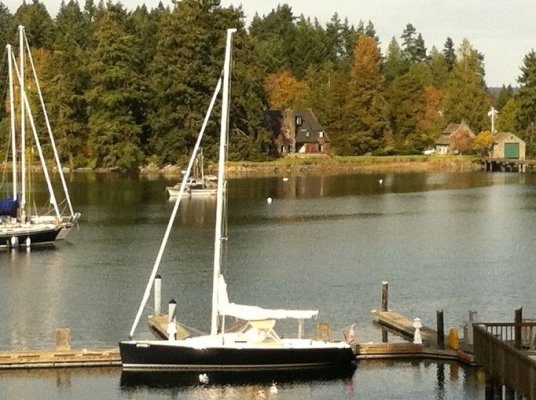eyschulman
Guru
- Joined
- Apr 1, 2014
- Messages
- 1,288
I just received the 20th anniversary addition of Passage Maker magazine. On page 41 there is an article comparing the three major hull types which includes planning something I would not include in a trawler format. What I focus on is the comparison of the FD and SD trawler types. I personally would have thrown in the modern cruising sail boat including the catamarans since so many of these boats cruise and often under power. What got my attention is on page 43 a comparison of statistics in particular the fuel burn numbers. One of the reasons I chose a SD over FD is demonstrated by these statistics. I am not a stranger to the FD type having owned a forty footer and cruised it up and down the Mid Atlantic region of the USA. I have also done similar cruising in sail boats East and PNW. Now to the meat of the matter. The FD boat used in the article a Krogen 44 burns 1.9 gallons at 7 knots more than my previous J/44(sail) under power. At WOT a top speed of 9 knots at 7.8 gallons per hour is reported. This is where my choice of a SD hull makes fuel efficiency sense to me. My 48 foot boat with twin 330 HP motors at 9 knots where I like to cruise in trawler mode burns only five gallons per hour verses the 7.8 of the Krogen if they wanted to do 9 knots. If I still wanted to travel at 7 knots I would not have given up my sail boat . Now considering the fact that fuel costs for most boaters is not a big part of the total boat expenditure why not have your extra knots and if needed the ability to have even more knots. Thus one of my arguments in favor of SD. Boaters entering the trawler phase of boating should give serious consideration to SD and not be put off by the fuel cost. There are of course many other pros and cons SD vs FD but I don't think fuel burn #s should dominate your choices.

 No need for SD here. If the destination was the primary purpose, I'd likely drive, take a taxi, or a bus, or a train, or a plane. Regardless, I want a strong hull and keel-protected rudder and propeller.
No need for SD here. If the destination was the primary purpose, I'd likely drive, take a taxi, or a bus, or a train, or a plane. Regardless, I want a strong hull and keel-protected rudder and propeller.
